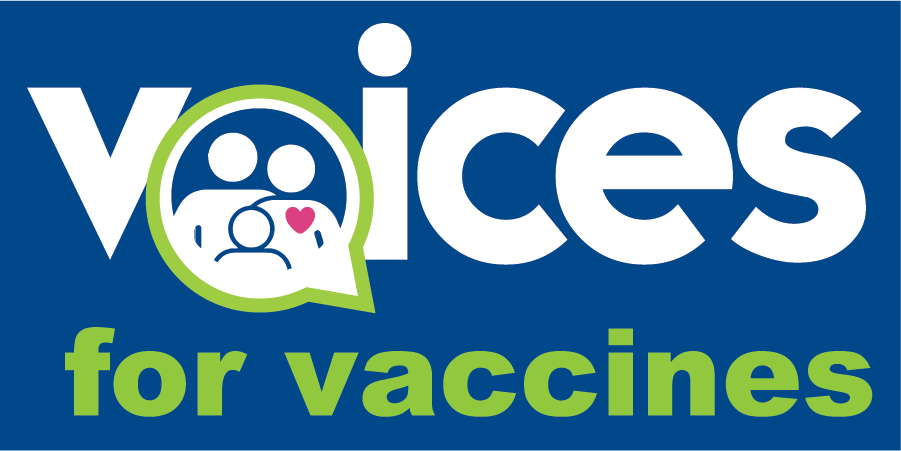The Claim:
In a newly circulating video, HHS Secretary RFK Jr. claims that the aluminum in the hepatitis B vaccine, especially when given to newborns, might cause lifelong allergies by triggering immune reactions to substances in the environment or in the vaccine itself, like peanut oil or other proteins.
The Facts:
Aluminum salts have been used in vaccines since the 1930s to help the body build a stronger immune response. Scientists have studied them for a long time and found them to be safe.. The American Academy of Allergy, Asthma & Immunology explains that for many years, scientists have known that aluminum in vaccines can activate different parts of the immune system, including ones that make IgE, a type of antibody. But there’s no strong proof that vaccines in childhood cause long-lasting IgE levels that would lead to allergies.
While an individual study or preprint might claim otherwise, comprehensive reviews have found no credible evidence linking aluminum in vaccines to an increased risk of allergic conditions
Vaccines undergo a lot of safety testing before they are allowed to be used. The CDC states that vaccines with aluminum are safe, and there is no good reason to believe they cause allergic diseases.
People come into contact with aluminum every day through food, water, and the air. The amount in vaccines is very much less than what we get from other sources. The Children’s Hospital of Philadelphia emphasizes that the small amount of aluminum in vaccines is not harmful to our health.

